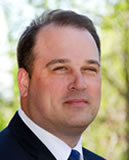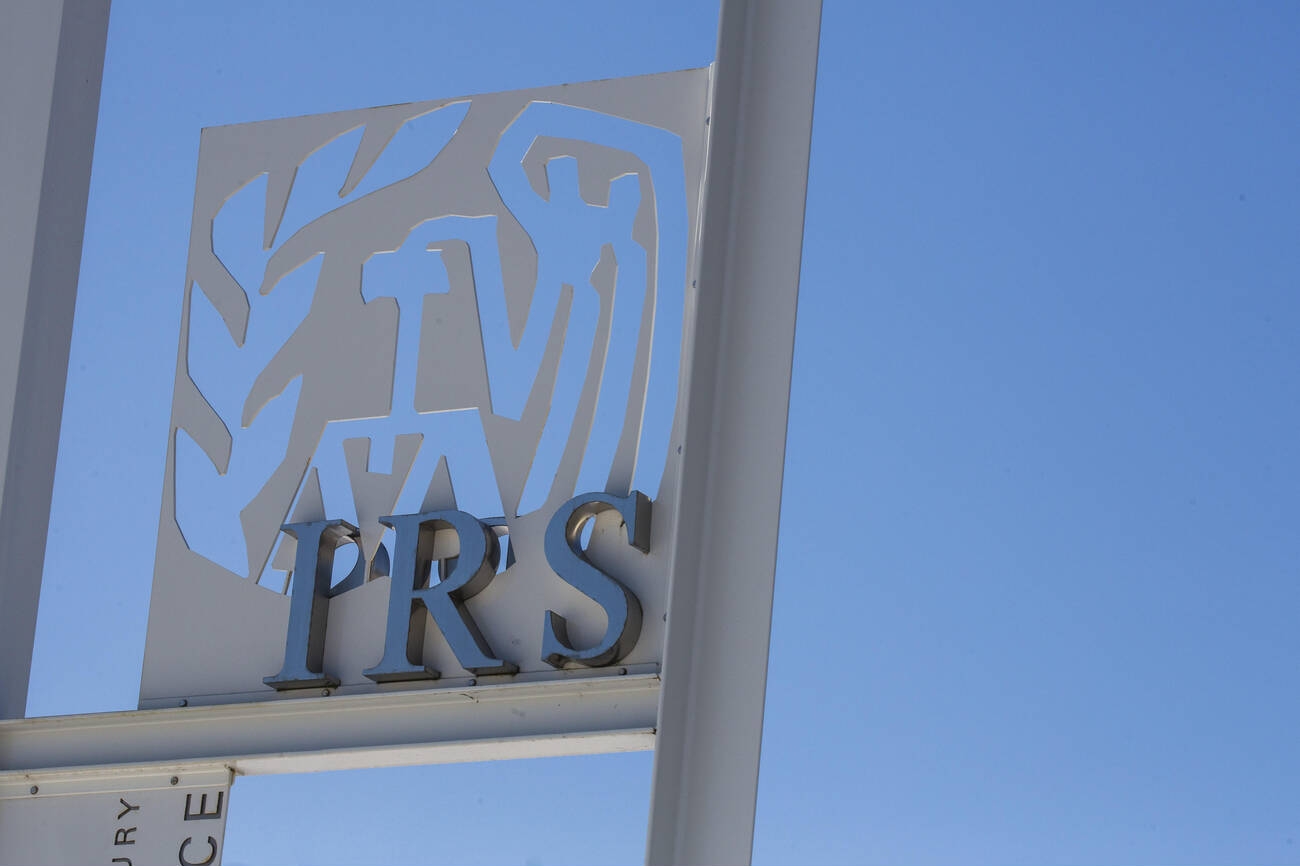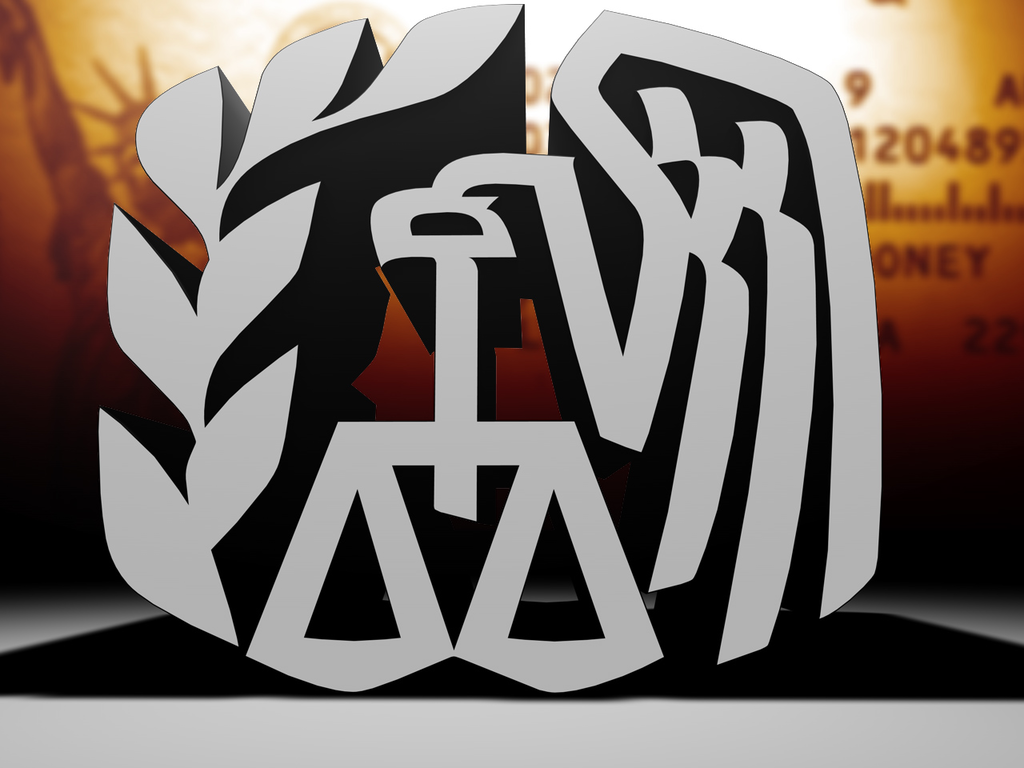As tax season approaches, practitioners can expect the IRS to quickly expand its audit focus to flow-through entities, according to an IRS official.
IRS Small Business/Self Employed operating division Commissioner Faris Fink, speaking at the IRS Tax Forum in Charlotte, NC, on Aug. 8, announced that the IRS would focus on partnerships and S corporations for audit for at least the next three years, starting in October. The IRS will use more of its audit resources for the 3.4 million partnership returns and 4.4 million S corporations filed annually.
In 2011, the IRS audited very few of these entities – only 13,770 partnerships and 18,519 S corporations, representing 0.4% of total returns filed. Compared to the overall 0.9% audit coverage rate for individuals and businesses, partnerships and S corporations have not seen much scrutiny.
A closer look
Several studies have indicated that the IRS needs to address noncompliance or at least identify ways to better examine flow-through entities. In July 2012, the Treasury Inspector General for Tax Administration (TIGTA) released a study on S corporation compliance that found an average of $105,534 in adjustments per return changed.
However, TIGTA studies also concluded that partnerships and S corporations have high “no-change” rates for audits on computer-selected returns, with 50% for partnerships and 62% for S corporations. According to the 2011 IRS Data Book, the overall no-change rates for partnership and S corporation field audits from all selection methods in 2011 were 46% and 39%, respectively.
From 2009 to 2010, the no-change rate for partnership field audits increased 19%. Overall, partnership and S corporation examinations underperform in comparison to no-change rates for individual audits (18%) and C corporation audits (29%). In short, the IRS is seeing fewer results on partnership and S corporation audits, especially with computer-selected returns, and it doesn’t know why.
High no-change rates in flow-through entity audits are inconsistent with what the IRS knows about small business noncompliance from its tax gap studies, which show that sole proprietorships have a 56% misreporting rate and are the largest segment contributing to the tax gap.
More than 60% of S corporations have only one owner, so most S corporation returns are similar to sole proprietorship returns. Compared to field audit no-change rates of 10% for sole proprietorships, the high no-change rates for S corporations may warrant a closer look to see whether the IRS is correctly selecting returns for audit. For the IRS, “a closer look” generally means more audits and compliance projects to understand S corporation entities and common areas of noncompliance.
At the IRS Tax Forum, Fink did not say which areas the IRS would focus on initially, but he did say that the initiative would be a slow, deliberate learning process. Fink said that the IRS would start with partnership returns in late 2012 and then move to S corporation returns. The IRS is training additional revenue agents to examine these entities.
Practitioners will likely see a focus on the following:
- Losses deducted that are in excess of basis
- Loss limitations due to at-risk rules and passive activity rules
- S corporation officer compensation
- Unreported income
- Abusive tax avoidance transactions
What you can do for your clients
Practitioners need to exercise normal care and due diligence in preparing these returns. The IRS knows that more than nine out of 10 partnership and S corporation returns are completed by a tax professional. Follow these tips to help your clients in the event of an audit:
- If your client is commingling personal and business transactions, advise your client to stop immediately. Emphasize the need to separate finances and inform your client that commingling transactions increases his or her risk in an audit. Commingling also creates complicated accounting for the business that costs your client in taxes and preparation fees.
- Determine your loss limitations. Document your basis calculations and at-risk limitations for losses taken on your client’s personal return.
- Check your client’s income. You may want to “audit” your client. Review your client’s bank deposits and do a quick test to reconcile the deposits back to the return. Watch out for cash receipts. If they are not deposited and/or recorded, look closer to determine whether your client’s income is reported in full.
- If your client’s S corporation has income, little or no salary paid, and distributions to the officer, be prepared to provide an explanation. Ensure that your client has paid a reasonable wage to the officer. Failing to do so could result in increased scrutiny and recharacterization of distributions to wages, resulting in employment taxes owed, as well as other issues.
In recent years, the IRS has increasingly focused on tax preparer registration and due diligence requirements. As the IRS prepares to conduct more audits on partnerships and S corporations, the IRS will focus on the accuracy of your clients’ returns and whether you took the proper steps to help your clients comply. Follow the simple tips outlined above to guide your clients toward compliance and avoid audit adjustments and penalties.
——————–
Jim Buttonow, CPA, CITP is Vice President of Product Development and Cofounder of the tax technology company New River Innovation. Jim’s professional mission is to apply emerging technology to problems faced by tax professionals after they file.
Jim is a CPA and former IRS Large Case Team Audit Coordinator. He worked at the IRS for 19 years. Since leaving the IRS, Jim has represented many clients before the IRS. At New River Innovation, Jim is the chief architect of Beyond415 (Beyond415.com), an award-winning technology for tax practitioners to efficiently handle IRS issues, notices and audits. Through Beyond415, Jim also develops and presents CPE series on IRS practice and procedure for issues that arise after filing, such as audits, notices and discrepancies. Jim regularly speaks on compliance trends and post-filing practice efficiency strategies for CPA and accounting firms.
Jim’s articles and blog posts have appeared in The Wall Street Journal, CPA Practice Advisor, Journal of Accountancy, Accounting Today, and various state CPA society magazines.
Thanks for reading CPA Practice Advisor!
Subscribe Already registered? Log In
Need more information? Read the FAQs
Tags: IRS




